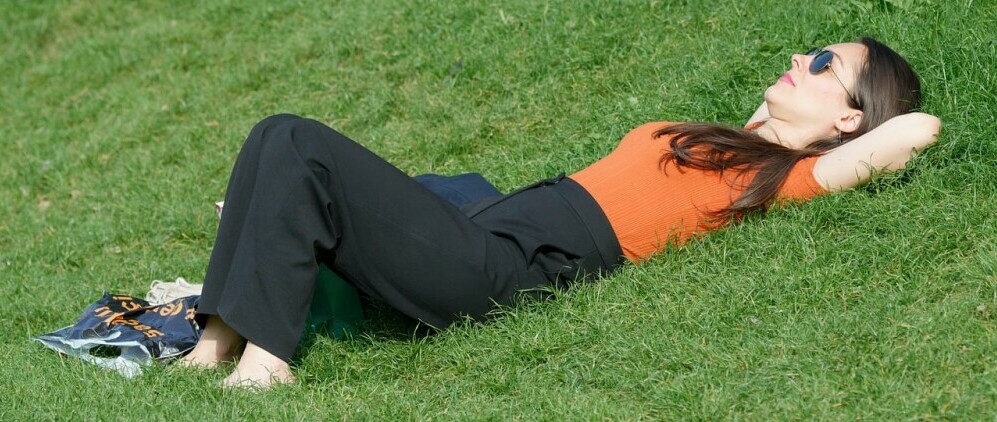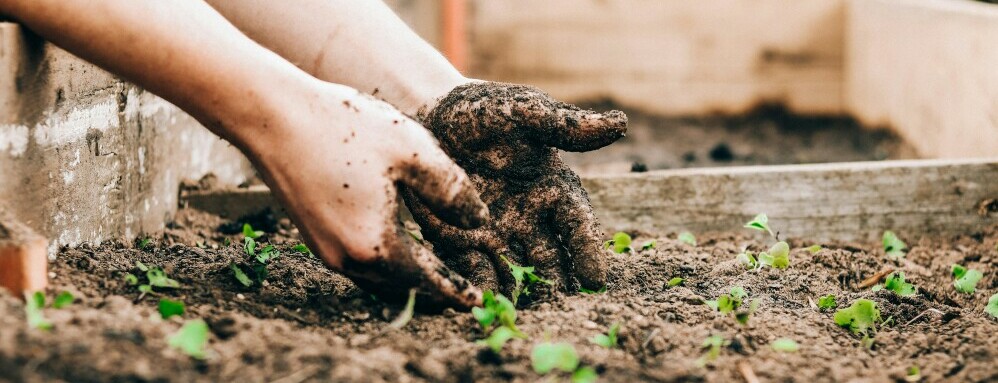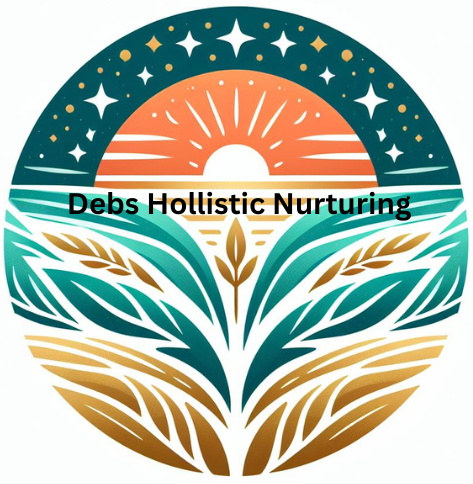
I find grounding, or earthing as it’s sometimes known, to be a fascinating subject. It’s the act of connecting directly with the Earth’s subtle electric charges, a process believed to help stabilize our body’s energies. Like many others, I was intrigued by the notion that simply touching the Earth could usher in a range of health benefits.
The concept might sound a bit mystical at first glance, but it’s grounded in a physical process. It’s all about the Earth’s surface brimming with free electrons, which are thought to contribute to neutralizing free radicals in our bodies when we make a direct connection. Imagine that—something as simple as walking barefoot could be a channel for these natural energies that can potentially help to rebalance and heal.
What are these health benefits I talk about? They range from reducing inflammation and pain to improving sleep and lowering stress levels. The list is impressive and backed by emerging research that makes grounding a topic worth exploring further.
But how exactly does one practice this technique? It’s not as elusive as it might seem. Let’s take a walk through various natural grounding practices that I’ve done, each offering its unique way to connect with the restorative powers of the Earth.
Natural Grounding Practices for Well-Being

Consider walking barefoot – an act as old as humanity itself. It’s not just about feeling the grass between your toes; there’s a science to it. When your bare skin touches natural surfaces, you’re making a physical connection to the vast store of electrons on the surface of the Earth. This connection helps neutralize free radicals in your body, which can contribute to inflammation and disease. Picture this: a walk on the beach or a stroll through a dew-covered meadow, not only uplifting emotionally but also, physically restorative.
Lying on the ground can deepen that connection. Imagine finding a serene spot, maybe under a leafy tree or by the calming sounds of a river, and then lying down. Your whole body envelops the Earth’s surface, absorbing energy with more contact points than just your feet. The benefits are palpable. This practice can lead to improved sleep, a more buoyant mood, and a drop in stress levels. It’s a reminder that sometimes the best thing you can do for your health is just to lie down and let the Earth’s natural rhythms work their magic.
 If you’re someone who loves the feel of soil in your hands, gardening might be your ideal route to grounding. There’s a host of reasons gardening feels good – it’s nurturing, it’s outside, it’s physical. But it’s also a grounding activity in the most literal sense: your hands are in direct contact with the Earth. Each time you plant a seed or pull a weed, you’re also planting yourself more firmly in the present, connected to the here and now.
If you’re someone who loves the feel of soil in your hands, gardening might be your ideal route to grounding. There’s a host of reasons gardening feels good – it’s nurturing, it’s outside, it’s physical. But it’s also a grounding activity in the most literal sense: your hands are in direct contact with the Earth. Each time you plant a seed or pull a weed, you’re also planting yourself more firmly in the present, connected to the here and now.
Swimming or taking a bath can also be considered grounding. Water, especially when it’s from natural sources like lakes or the ocean, is a conductive medium; it can transfer the Earth’s electrons to your body. And if you can’t get to natural waters, even a warm bath with Epsom salts may offer a semblance of this effect. The salts’ high magnesium content can help relax your muscles and ease stress, complementing the grounding experience.
 Essential oils can play a role in grounding and stability. Here are some essential oils that you might find effective:
Essential oils can play a role in grounding and stability. Here are some essential oils that you might find effective:
- Vetiver: has an earthy and grounding aroma, and can help you feel more connected to the present moment.
- Sandalwood: has a warm and woody scent that encourages a sense of calmness and stability.
- Cedarwood: with its grounding and woodsy fragrance, can help you feel more centered.
- Frankincense: is often associated with spiritual practices and can promote feelings of inner peace and grounding.
- Myrrh: has a rich, resinous scent that can help you feel rooted and balanced.
- Patchouli: has an earthy and musky aroma, making it a popular choice for grounding practices.
- Black Spruce: has a fresh and invigorating scent that can help you connect with nature and feel grounded.
- Cypress: is known for its calming properties and can help you feel more grounded.
Indoor Grounding Solutions: Staying Connected Anywhere
 I understand that you may spend a significant amount of time indoors due to work or lifestyle conditions. The concept of grounding need not be limited to activities under the open sky. There are innovative solutions that enable grounding within the comforts of your home or workplace.
I understand that you may spend a significant amount of time indoors due to work or lifestyle conditions. The concept of grounding need not be limited to activities under the open sky. There are innovative solutions that enable grounding within the comforts of your home or workplace.
Grounding mats are a popular option. These are often designed with conductive materials connected to the Earth’s energy. You simply need to place your feet on the mat, perhaps while sitting at your desk or engaging in sedentary activities. The objective is to replicate the electrical exchange you would experience outdoors, barefoot.
Likewise, grounding blankets and socks offer similar benefits. Specially designed with conductive threads, these products can help ground you while you rest or sleep. Users often report an improvement in sleep quality and a sense of refreshment upon waking when using grounding blankets.
Grounding patches adhere to your skin and can be particularly beneficial if you’re aiming for targeted grounding. These patches are connected via wires to a grounding product or directly to the Earth’s energy through a grounding wire.
While the convenience of indoor grounding options is attractive, it’s essential to purchase these from reputable manufacturers. I recommend ensuring that the products comply with safety standards and have positive user testimonials.
In the following section, we’ll examine the broad spectrum of benefits grounding can offer. This will include not just the physical ones like reduced pain and inflammation, but also the less tangible yet equally important psychological effects, such as improvements in stress levels and psychological well-being.
Benefits of Grounding: From Stress Reduction to Enhanced Sleep
Grounding techniques not only allow us to feel more connected to nature, but they also offer a range of health advantages that are gaining attention in wellness communities. One of the most celebrated benefits of grounding is its potential to reduce pain and inflammation. By rebalancing the body’s electrical charge through direct contact with the Earth, grounding may aid in the reduction of chronic pain, soreness, and inflammation. The practice is believed to promote circulation, which in turn enhances the body’s natural healing processes.
Moreover, grounding can have a calming effect on the nervous system. It’s thought that the connection with Earth’s inherent electrical currents can lessen stress and anxiety levels, offering a sense of tranquility and relaxation. This may be particularly beneficial after a long day of work when the mind is saturated with information and the body is knotted with tension. Performing grounding exercises could help in unwinding both physically and mentally.
Another significant advantage is the improvement of sleep quality. Those who practice grounding often report achieving a deeper, more restful sleep. It might be related to the previous point – a more relaxed nervous system prepares the body for a better night’s rest. By minimizing sleep disturbances and potentially reducing the time it takes to fall asleep, grounding can be a key player in a better sleep routine.
Beyond physical health, grounding also bolsters mental well-being. Feeling more centered, focused, and emotionally stable are common testimonials from those who regularly engage in grounding. It can enhance our overall mood and even nurture a more profound sense of introspection and mindfulness, which are essential components of mental health.
As we move into our concluding section, it’s worth noting that grounding is an accessible and practically effortless practice that can enrich our daily lives. In the next section, I’ll wrap up these insights and offer some guidance on how to seamlessly integrate grounding into your routine, ensuring you stay attuned to both the scientific and the precautionary aspects of this wellness practice.
Conclusion and Cautions: Integrating Grounding into Your Lifestyle
I hope this exploration of grounding techniques illuminates options that fit into your daily regime. Whether you connect with Earth’s tireless currents beneath your bare feet or embrace the convenience of grounding technology, the potential health benefits are wide-ranging.
Remember, though, that while grounding is a natural, wellness-promoting practice, it’s not a standalone cure or medical treatment. It’s important to see it as part of a balanced health approach. Consulting with professionals is essential, especially if you’re facing specific health challenges.
Begin by taking simple steps. Maybe that means shedding your shoes for a few moments on the grass or setting aside time to tend to your garden. As you incorporate grounding into your life, listen to your body’s responses.
Consider grounding as one thread in the fabric of your wellness practices. It complements a healthy diet, regular exercise, and good hygiene, and it should be approached with the same attention to personal suitability and safety.
I encourage you to try grounding techniques and observe their impact on your wellness journey. To connect with the Earth is to tap into a source of vitality that has nurtured life for eons—a path that intertwines with our legacy as beings of this planet.
This post contains affiliate links. If you purchase through these links, I may earn a commission at no extra cost to you.
DDH
